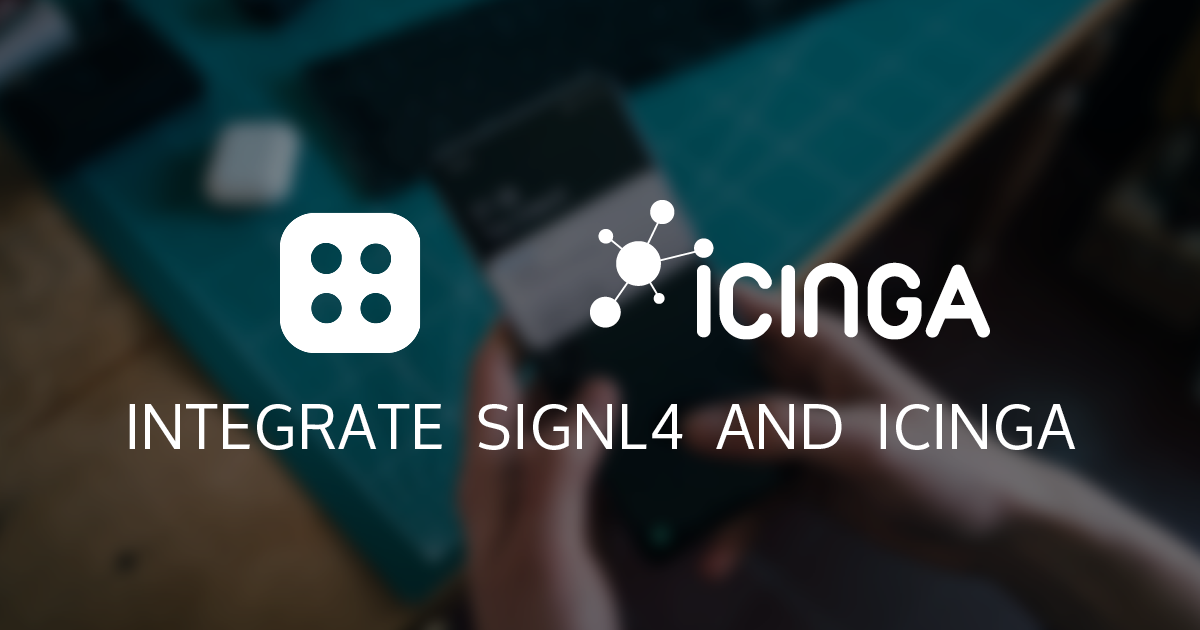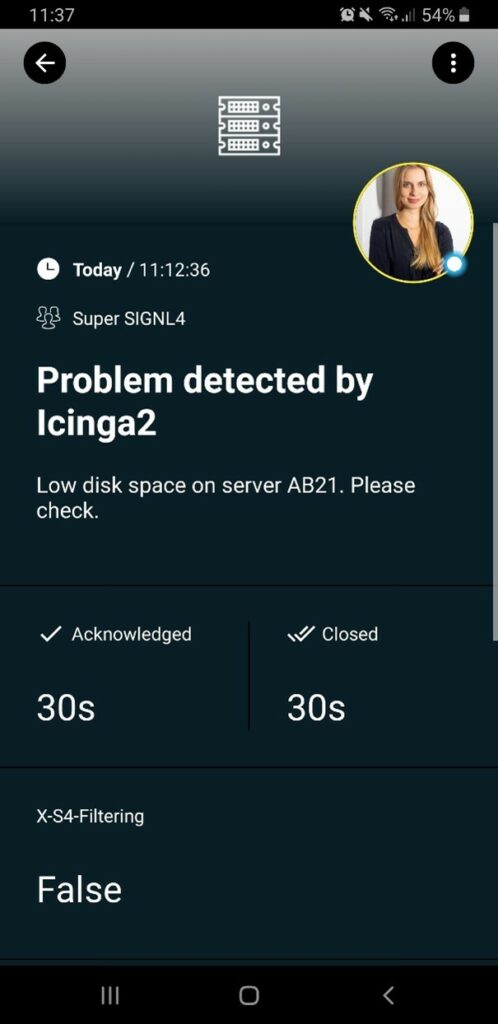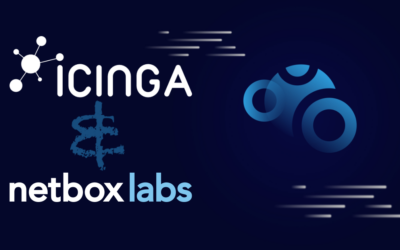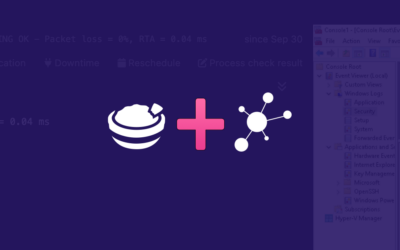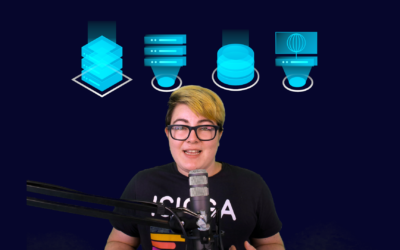You’ve probably been in this situation before – you’re using Icinga to monitor your infrastructure and Icinga detects a critical issue but nobody notices it.
It might be an urgent maintenance request, an unexpected breakdown, or a service quality issue. But your technicians or service engineers are neither in the control room nor in front of the dashboard to see the issue and its urgency. They are busy working, focus their attention on something else, or are sleeping safe and sound in the middle of the night.
You might have email or even SMS text notifications implemented but this proves to be not enough to grab their attention, and especially not to wake them up at night. Therefore, your staff in charge recognizes the issue too late causing unnecessary downtimes and a loss of time and money.
How can you make sure responsible service engineers get any critical information and respond when their immediate attention is required? Below are some typical problems when it comes to alerting service engineers or 24×7 IT staff.
Missed alerts:
This is the worst case. A critical alert goes unnoticed. It might happen when you have a good night sleep, don’t check your emails or if you do not hear the beep of a simple text message.
Too many alerts:
If you get emails for each and every incident no matter how important, it is likely to miss the one critical alert email in between. There is even a term for this – alert (or alarm) fatigue. Or think about the alert call at night for something that could have waited until the next morning. This will not only frustrate you, it might eventually lead to simply muting your phone.
Unclear responsibilities:
When you send notifications to your whole team, who will take care? One person? Everybody? No one? These kinds of broadcasts cause confusion and delays.
Complicated duty hand-over:
Whether you pass a shared phone or re-program call forwarding in your voice call system every week, this is all not ideal. It is cumbersome, inefficient and costs time. And how do you do organize the duty scheduling? Are you still using Excel or a magnetic board?
Unclear incident status information:
When the critical problem in Icinga is still open, with no status update, the operations team does not know whether someone is already taking care or not. So, they probably start a chain of calls to find out. Not good, a waste of time and resources.
The above list is not even complete. These problems cause delays, waste work and create confusion. As a result the company loses money and the people in service and on-call teams get frustrated.
The Solution
Wouldn’t it be great to automatically deliver critical alerts to the right people when an issue is detected by Icinga? Wouldn’t it be great to have a peaceful sleep at night because you know an alert will wake you up when needed but you can just sleep through in case the issue can wait?
There is a solution for this – SIGNL4. The lightweight, app-based alerting services can solve all above listed problems. It thus makes the lives of on-call engineers much more bearable and will saves your company time and money.
SIGNL4 makes sure critical alerts, major incidents and urgent service requests are being handled effectively. The integration of SIGNL4 with your Icinga instance allows you to take alerts beyond the dashboard or email inbox as it notifies active staff on duty through targeted mobile push, SMS text and voice calls. Repeated notifications make sure an alert doesn’t go unnoticed.
You can acknowledge and track the alert for full transparency within your team. Furthermore, alerts get tier-escalated if there is no response within a configurable time period. Instead of manually finding out who is on call and if somebody is already taking care of the issue, the integrated duty scheduling allows you to automatically alert the responsible team or person.
Duties and shifts can be scheduled conveniently with a few mouse clicks and drag & drop in any web browser. The duty management also allows users to go on and off duty with a single touch in the mobile app. All alerts will be routed to the right person as soon as they check-in for duty.
SIGNL4 can further increase the visibility of alerts through its categories. Augmenting the color, icon or event push sound of alerts allows for quick recognition of alert relevance and subject.
Seamless integration
Integrating SIGNL4 with Icinga is straightforward and can be done in just a few minutes. The integration via secure webhook supports sending of alerts as well as resolving alerts in SIGNL4 in case the issue is closed in Icinga. You can find a more detailed description as well as the required integration scrips here
About Derdack
The German company Derdack GmbH has its headquarters in Potsdam, Germany and Glen Allen, Virginia, USA and a subsidiary in Bern, Switzerland. The company is an independent manufacturer and leading software specialist for automated and reliable alerting from technical systems and facilities and for smartphone-based mobile incident management. Its customers include global enterprises, many government institutions, and numerous mid-sized companies in over 50 countries and in all verticals. It provides customers with the ability to reliably distribute critical information to the right people and to respond to critical incidents and emergency situations before they can impact business continuity and customer service levels.
Extent Icinga with SIGNL today
Give it a try and start with SIGNL4 today. You can either register for our free test or download the SIGNL4 app from the Google Play Store or Apple App Store
